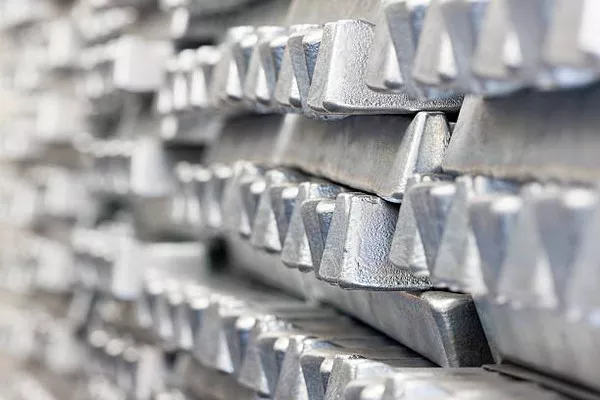In a recent market rally, gold has been thrust into the spotlight as it attains new all-time nominal highs, settling just under $2,200/oz. However, it’s the relatively subdued silver market that has quietly delivered a noteworthy performance, outpacing gold on a percentage basis. This divergence in their recent rally does not necessarily indicate a permanent shift, as historical trends and real-world dynamics continue to suggest a positive long-term outlook for silver.
Gold’s ascent has dominated recent headlines, with a settlement just shy of $2,200/oz and a weekly gain of almost $100/oz. Yet, silver, in a percentage comparison, has exhibited superior performance, securing a 5% gain compared to gold’s 4.5% increase.
Traditionally, silver and gold have maintained a close correlation. However, recent years have seen silver consistently underperform gold, creating a discernible divergence in their respective bull markets. Despite this, the futures market dynamics, where silver and gold prices are primarily set, do not necessarily reflect concerns about real-world supply and demand fundamentals.
The futures market is characterized by short-term trading activities, led by hedge fund managers, bullion bankers, and major players. Their decisions are often detached from the actual supply and demand dynamics, with little consideration for the physical possession of silver. This detachment is evident in the recent rally, where silver’s outperformance in percentage terms is not reflected in futures market sentiment.
Long-term investors, however, remain steadfast in their view of silver as an inflation hedge and a store of value, much like gold. Despite silver’s trailing performance in the futures market, the underlying reasons for holding silver remain unchanged for these investors.
Silver’s inventory has experienced a three-year decline as demand consistently outstrips production. The lag in silver’s price in the futures market does not negate the positive outlook inferred from the actual supply and demand dynamics.
The electronic markets, while influential, are increasingly perceived as disconnected from real-world fundamentals. For long-term holders of gold and silver, this detachment does not diminish the fundamental reasons for owning these precious metals.
In conclusion, the recent divergence in silver’s and gold’s performances in the futures market does not necessarily foretell a prolonged shift. Silver, historically dubbed “poor man’s gold,” is expected to catch up over time. This anticipation is grounded in the enduring correlation between the two metals and the consistent demand for precious metals as a hedge against inflation and economic uncertainties.


